Introduction
Nowadays there are many positioning systems, owned and managed by different nations / government. In particular, the main GNSS are:
- GPS (Global Navigation Satellite System) – USA
- GLONASS – Russia
- GALILEO – European Union
- BeiDou – China
- QZSS (Quasi-Zenith Satellite System) – Japan
- IRNSS (Indian Regional Navigation Satellite System) – India
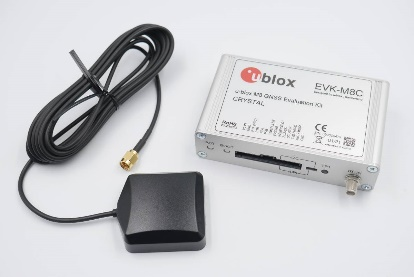
Components of a satellite positioning system
A satellite position system is generally composed by the space segment, the control segment, and the user segment.
Space segment
It is constituted by the satellites orbiting around the Earth, usually guaranteeing an almost global ground coverage. Therefore, the visibility of a minimum number of satellites is possible almost everywhere. The main satellite tasks are:
- Transmit their positions (ephemeris) as well as the signal required to user segment for navigation / positioning applications,
- Receive and store information from control segment,
- Correct the orbits by on-board rockets, which managed by control segment.
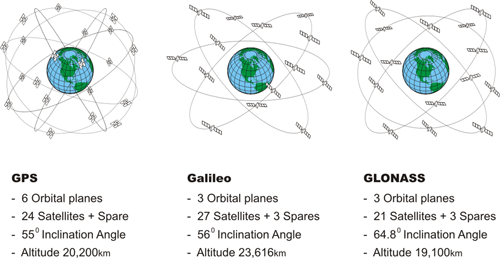
Control segment
It is composed by the ground stations used to control and manage the entire satellite constellation. Main tasks of the control segment are:
- Tracking the satellites of the space segment
- Determination, prediction, and distribution of satellite ephemeris.
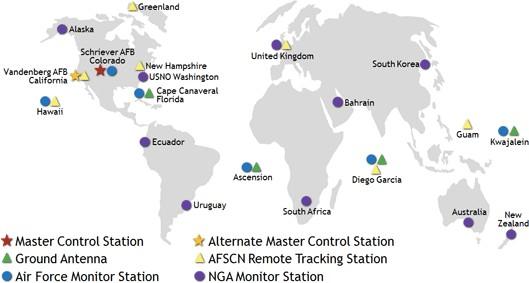
User segment
It is composed by the users that would know their position on the Earth. They need a receiver and an antenna. There are many «level» of instruments, depending on the quality of the on-board electronics:
Geodetic type receivers:
- for monitoring / long static survey purposes
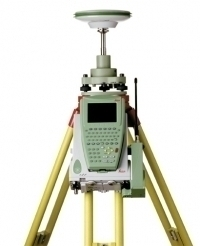
- for real time applications
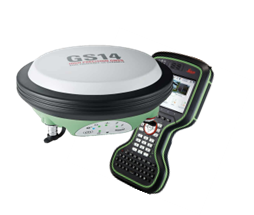
Low-cost receivers:
- with the possibility of accessing to raw-data
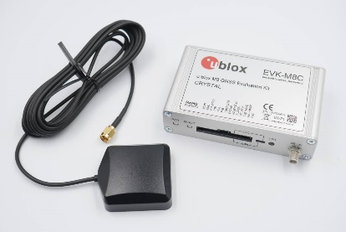
- Embedded in other devices:
